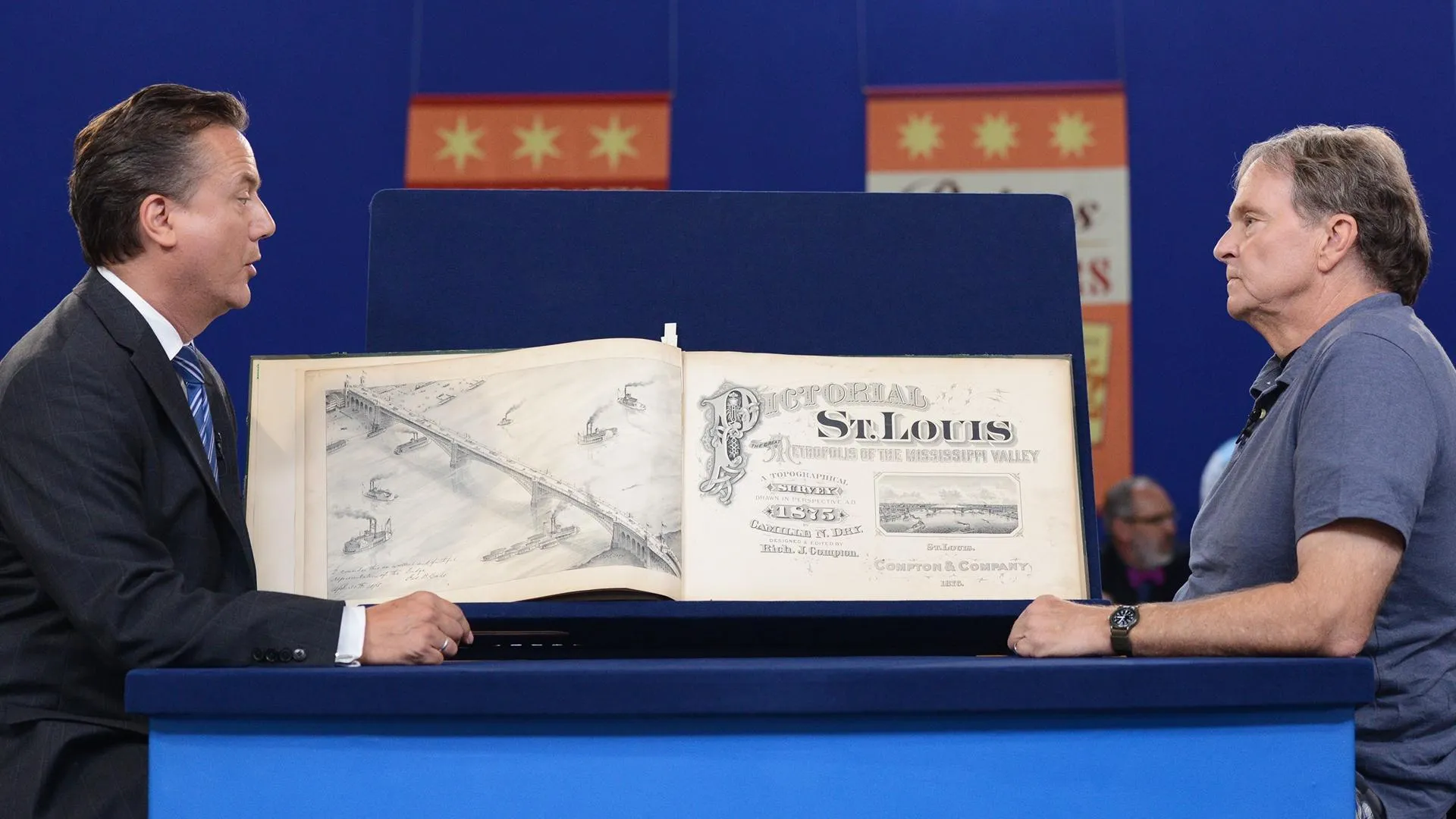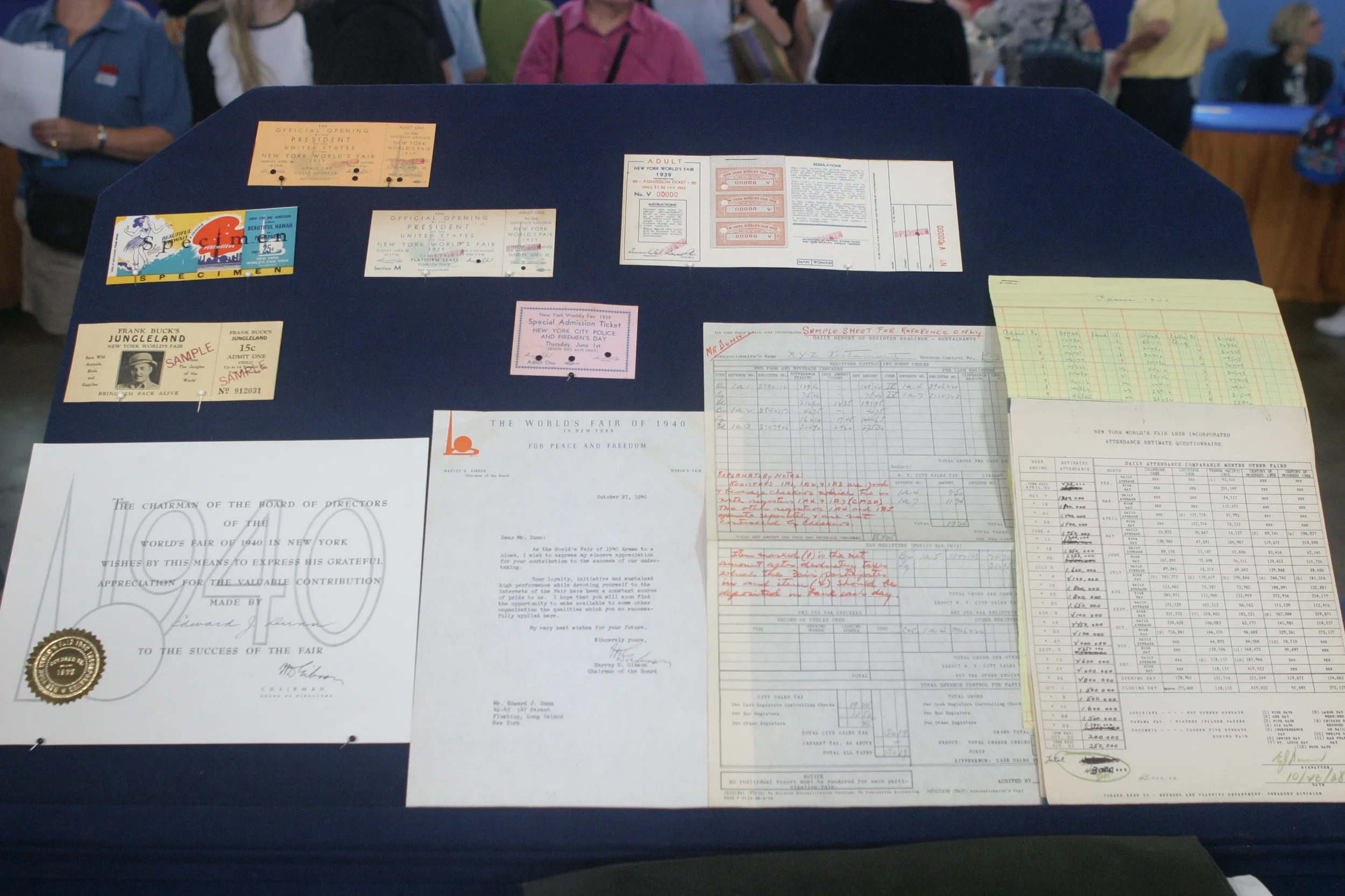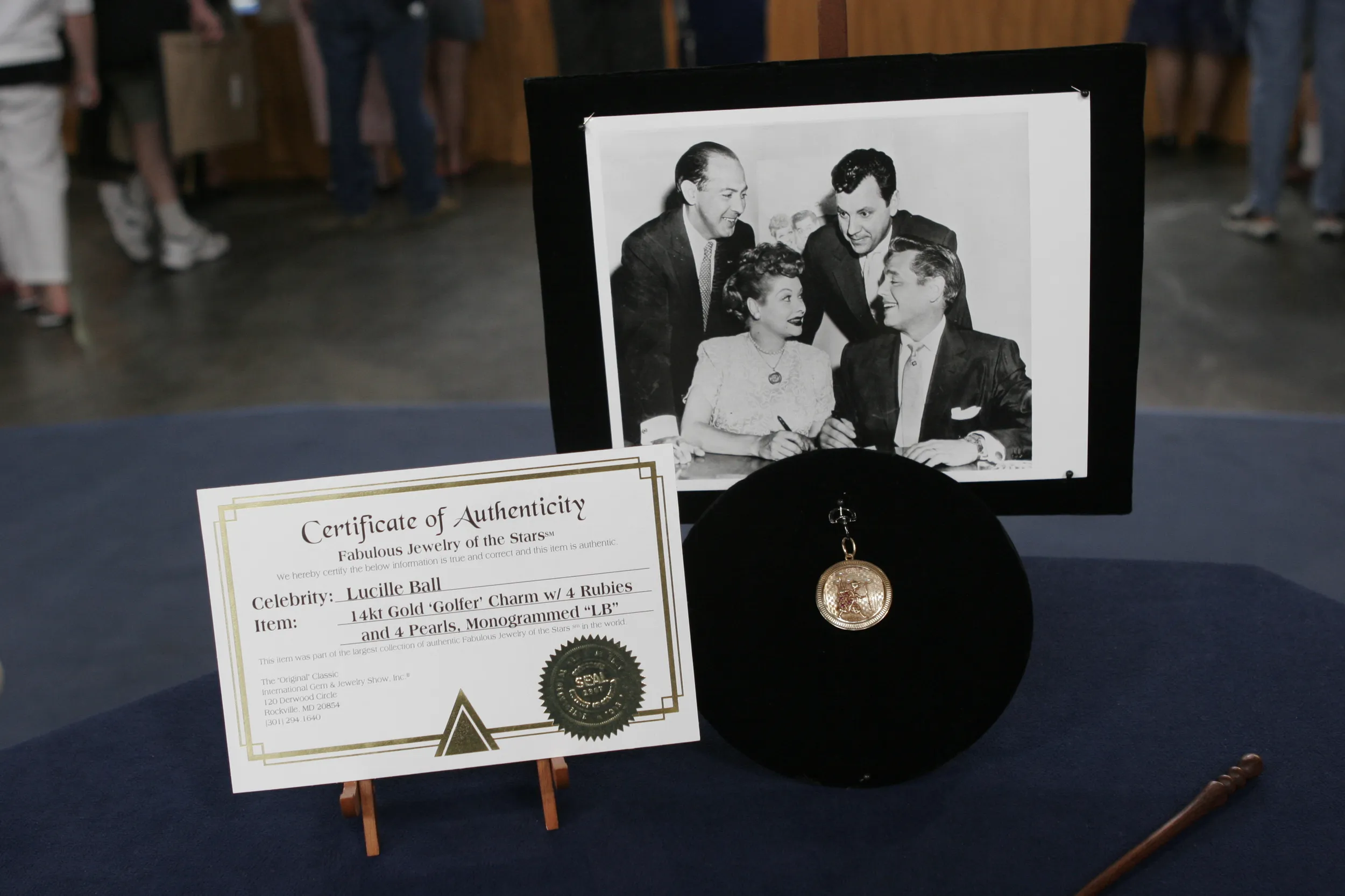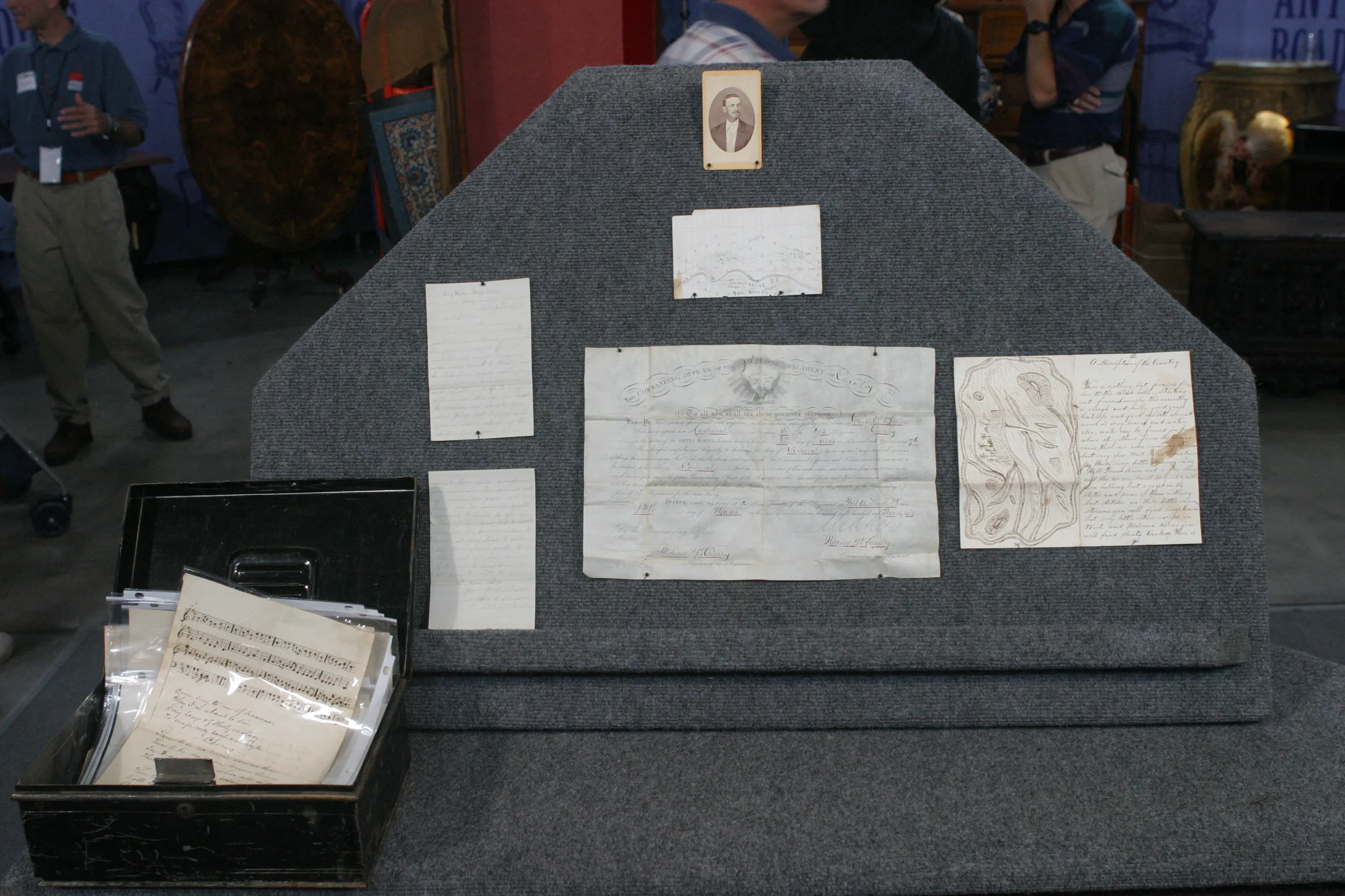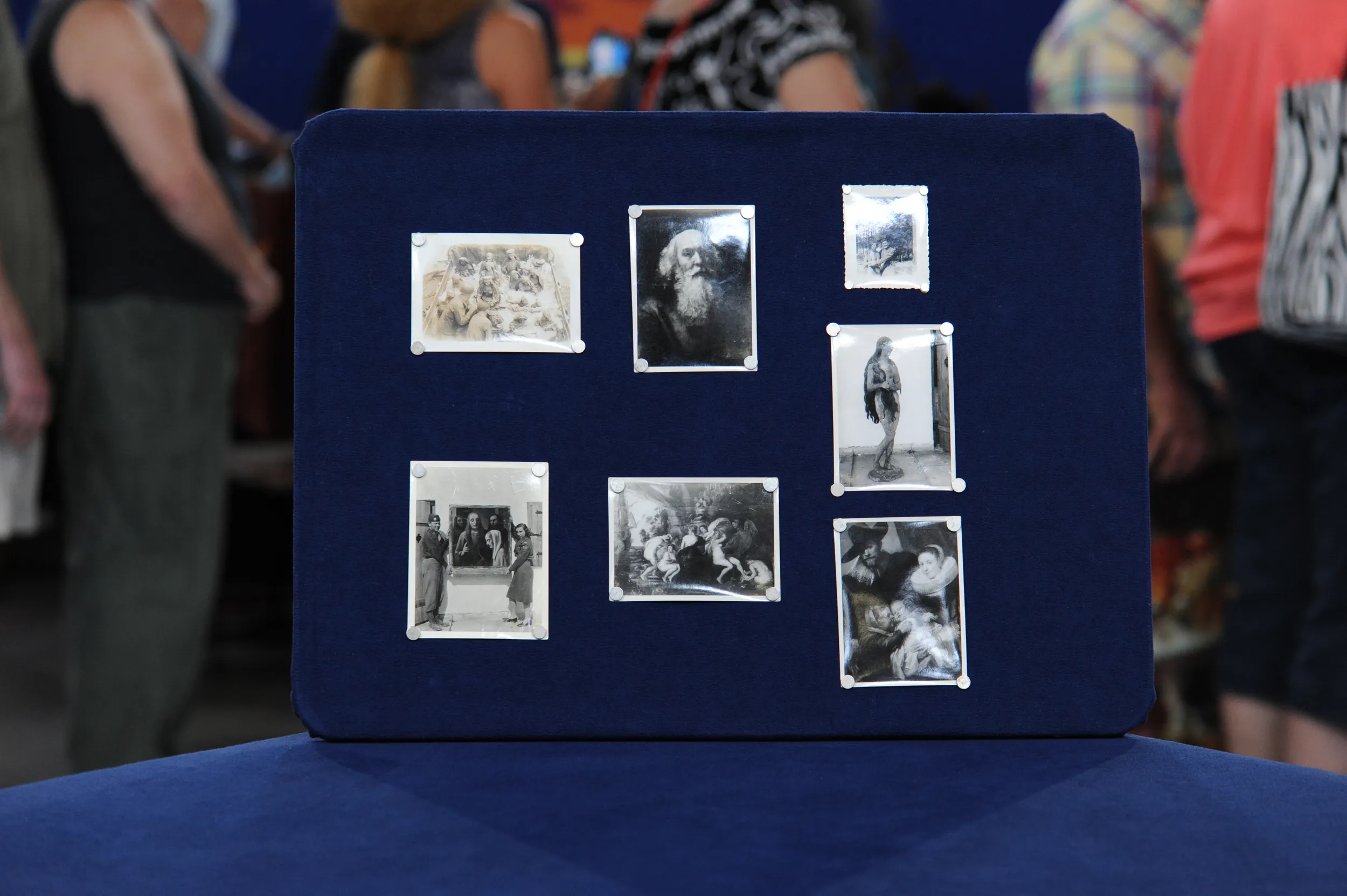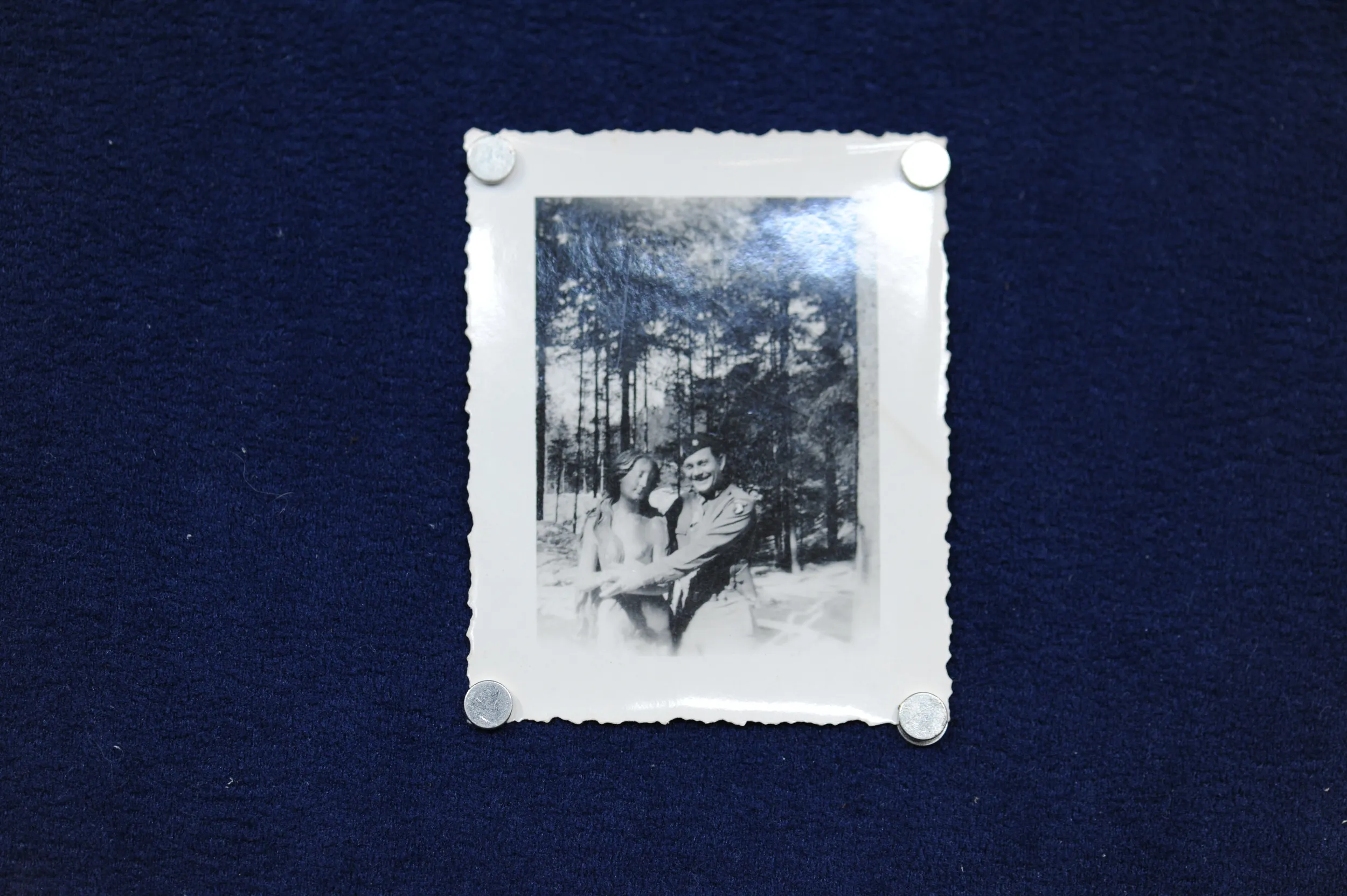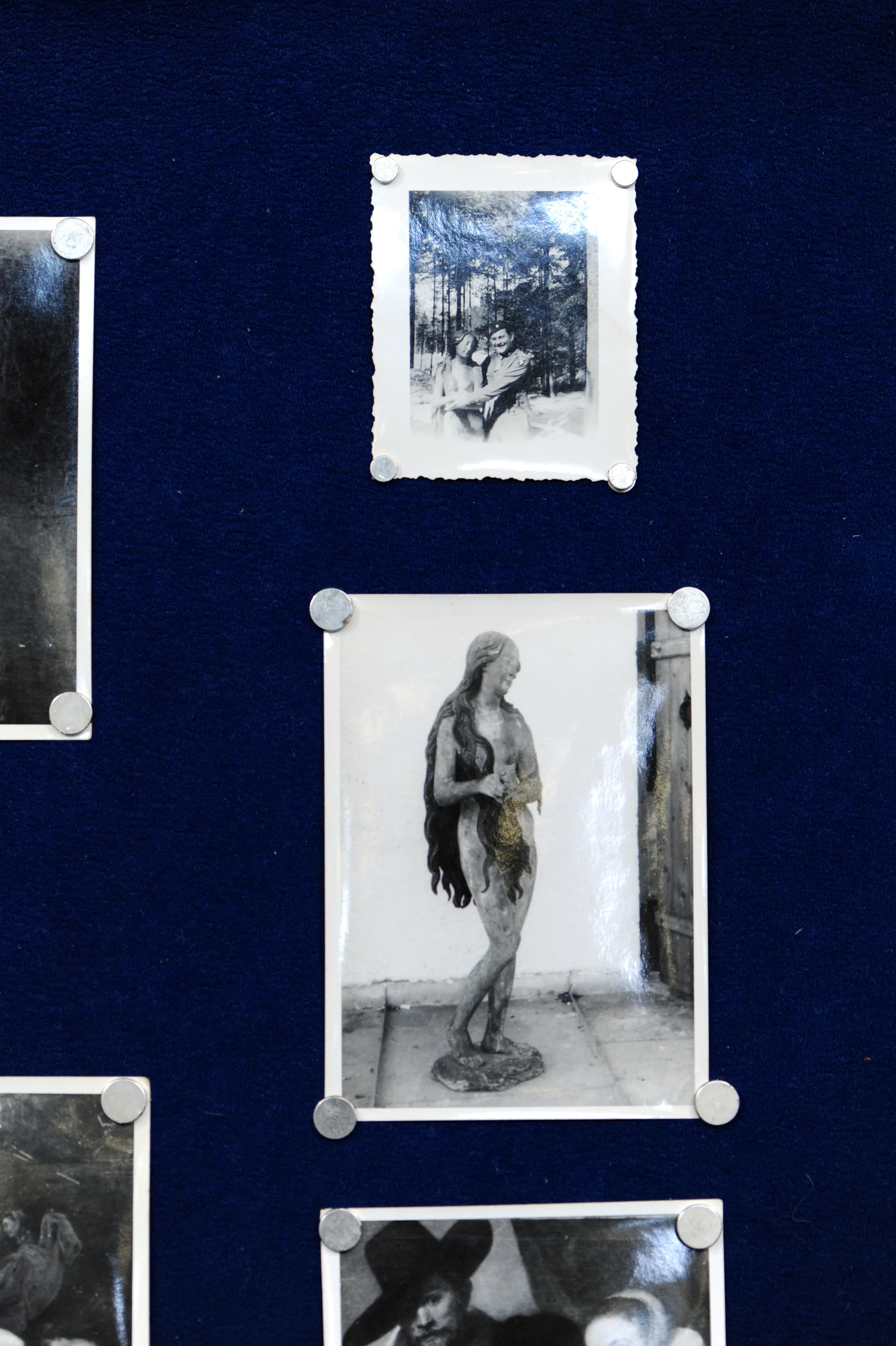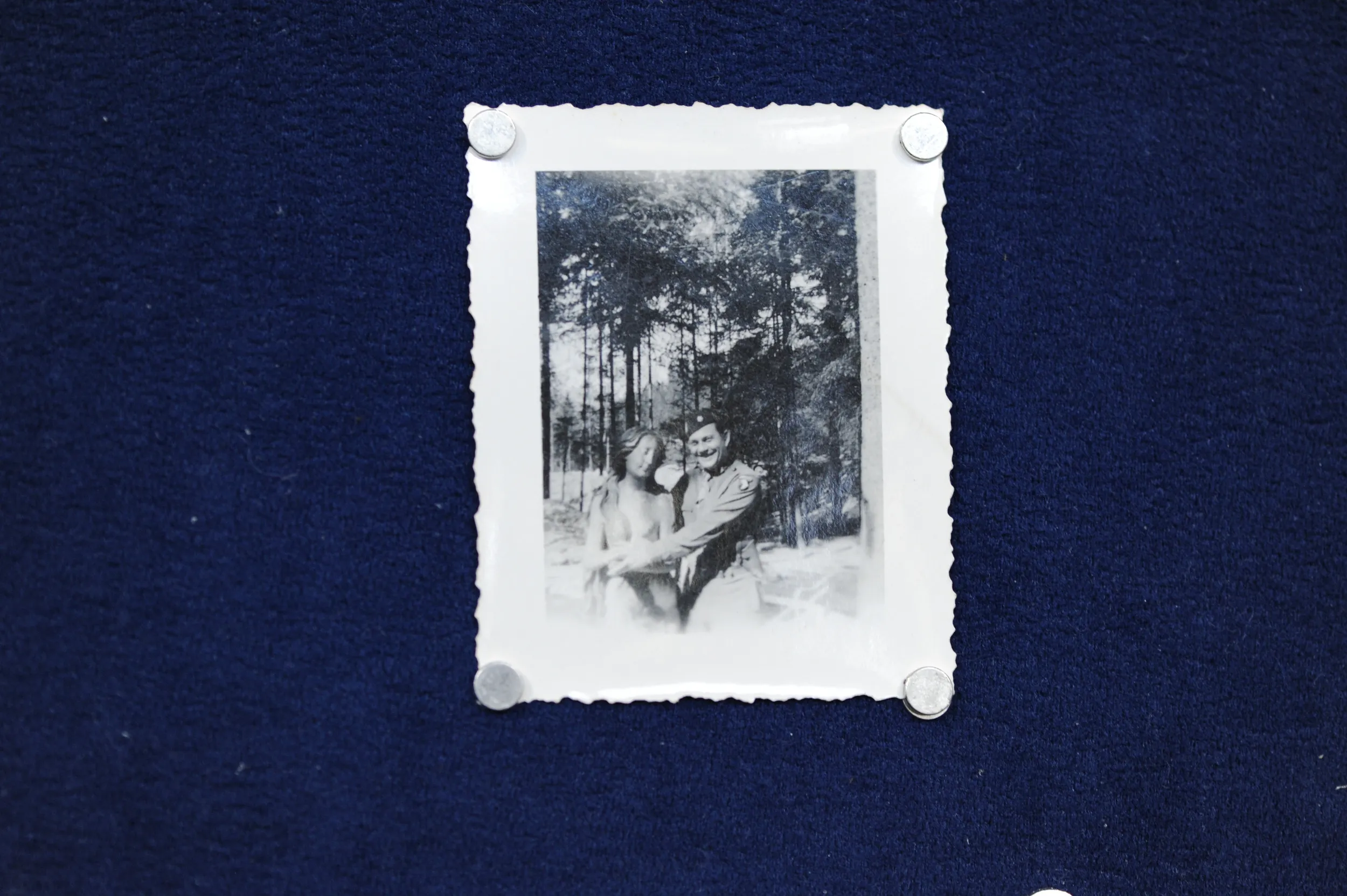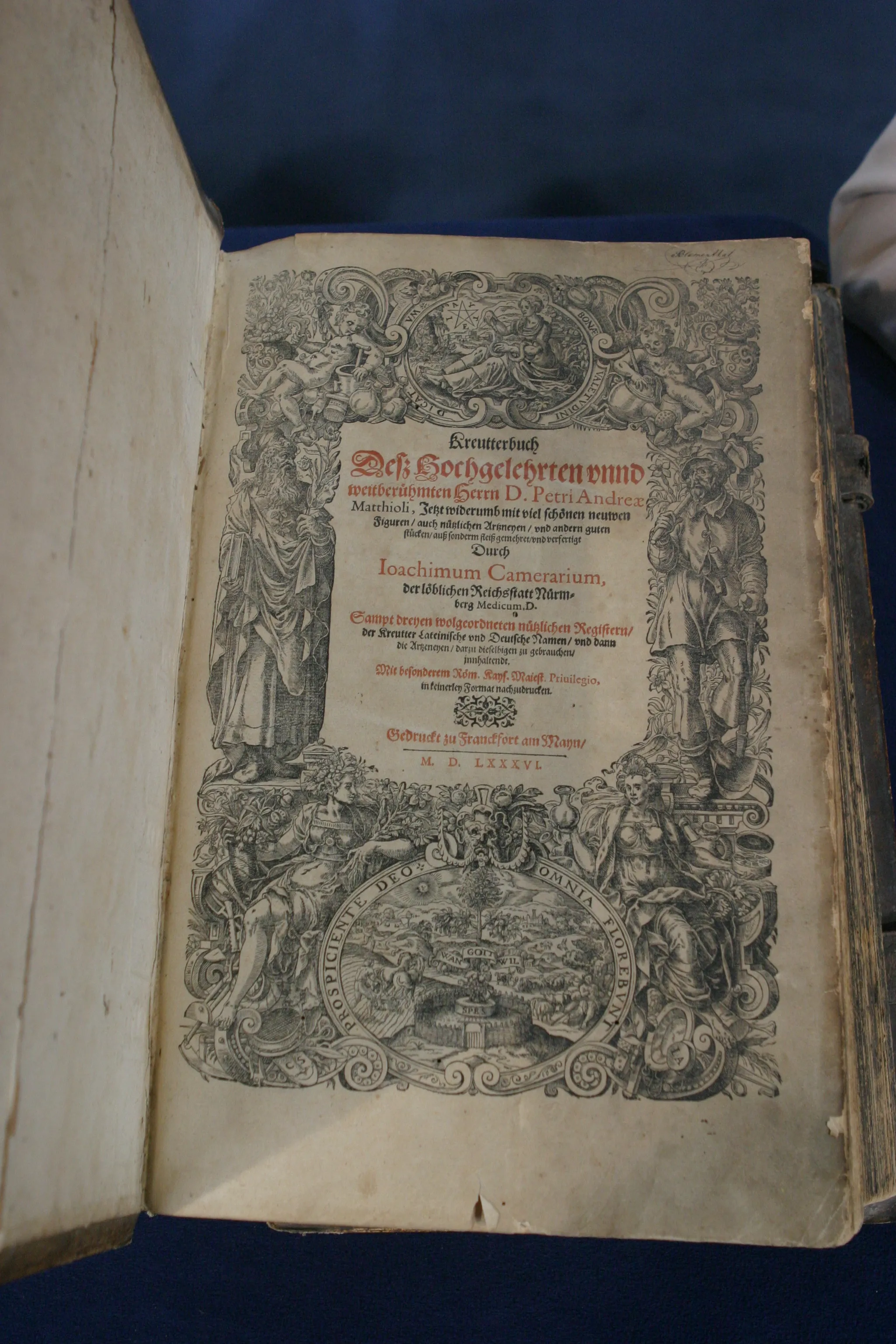GUEST: I brought some photographs from my husband's grandfather's time during World War II.
APPRAISER: I was able to look him up a little bit, through papers you had brought that are in the scrapbook as well as a history online. His name was Major Harry V. Anderson. He enlisted in the Army in 1944 and he had gone into the 101st Airborne Division. From there he had kind of immediately just got into the battlefield. He was at the Battle of Bastogne, and at Christmastime, his platoon was bombed when they were in the chow line, and it was pretty much decimated. Did your husband's family tell you more about what he had done before the war?
GUEST: Not much. My husband was very young when he passed.
APPRAISER: Sure.
GUEST: What we do know about him was he moved to New York early in life and founded the Interior Design magazine.
APPRAISER: Oh, I see. So he had a background in the arts.
GUEST: Yes, yes.
APPRAISER: Okay, well, after the Battle of Bastogne, I mean, it was a real tragic incident, and he describes in one letter I read how he had been sleeping in bunkers in the area. At that point, the 101st were asked to go up to Berchtesgaden, which was Hitler's lair, to see what kind of artifacts were around. South of Berchtesgaden they uncovered subterranean caverns that stored Hermann Goering's looted art. This was "his private collection of art." In the collection are some of the world's greatest masterpieces. It's astounding and mindboggling what he had spirited away to these caverns. Over here, for instance, we have a portrait by Rembrandt, we have a van Dyck masterpiece. There is a Vermeer, but it's not really a Vermeer. After the war it turned out it had been a forgery, so they got Goering on that one. He didn't know everything. And then over in here we have a beautiful, a major Rubens. This is a portrait of your grandfather-in-law, and you see that he's holding a German carving...
GUEST: Right.
APPRAISER: ...of Mary Magdalene. And have you seen that piece?
GUEST: We did.
APPRASIER: In recent years?
GUEST: We did. On our honeymoon we were in Paris and we were in the Louvre.
APPRAISER: It's in the Louvre. And you brought a scrapbook, and in the scrapbook are probably 60 other pieces.
GUEST: Right.
APPRAISER: And on the back is a title and an origin of each of the pieces. Thank God for our American heroes who were over there and not only did they go to battle and they fought to save our country and the world, but they did this. They fought to save the art. In my career I've never found a grouping about, you know, the current name for them are Monuments Men.
GUEST: Yeah.
APPRAISER: I'd put a value on the grouping that we see here before us, at auction, of $2,000 to $3,000.
GUEST: Wow.

